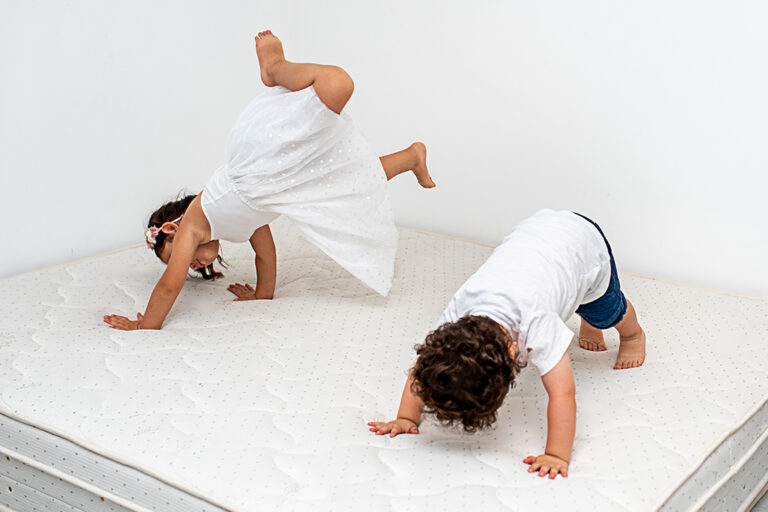How to Check for Bed Bugs in a Mattress
If you wake up with itchy, red bites on your skin, there is a chance that you may have bed bugs in your mattress. These tiny insects are notorious for infesting mattresses and feeding on human blood while we sleep. However, before you start panicking and throwing out your mattress, it's important to properly check for bed bugs and take the necessary steps to get rid of them. Here's how you can check for bed bugs in a mattress:
Step 1: Inspect the seams and crevices of your mattress
Bed bugs are experts at hiding in small, dark places, making the seams and crevices of your mattress the perfect hiding spot. Use a flashlight and closely examine these areas for any signs of bed bugs. Look for small, rust-colored stains, dark spots, or even actual bugs crawling around.
Step 2: Check for shedded skins and eggs
Bed bugs shed their skins as they grow, so you may find small, translucent shells around your mattress. You may also find tiny, white eggs that are about the size of a pinhead. These are clear signs of a bed bug infestation.
Step 3: Look for blood stains
When bed bugs feed on human blood, they often leave behind small, dark stains on the mattress. These stains may look like small dots or smears and are usually found near the seams or corners of the mattress.
Step 4: Check the box spring and bed frame
Bed bugs can also hide in the box spring and bed frame, so don't forget to thoroughly inspect these areas as well. Pay close attention to any cracks or crevices where bed bugs could hide.
By following these steps, you can effectively check for bed bugs in your mattress and determine if you have an infestation.
How to Get Rid of Bed Bugs in a Mattress
Once you have confirmed that you have bed bugs in your mattress, it's crucial to take immediate action to get rid of them. Here are some steps you can take to eliminate bed bugs from your mattress:
Step 1: Isolate your mattress
The first step in getting rid of bed bugs is to isolate your mattress from the rest of the room. This means removing any bedding and encasing the mattress in a bed bug-proof cover.
Step 2: Vacuum the mattress
Use a vacuum with a HEPA filter to thoroughly vacuum your mattress. This will help to remove any bed bugs, eggs, or shedded skins that may be hiding in the fabric.
Step 3: Wash all bedding
Remove all bedding from your bed and wash it in hot water. This will help to kill any bed bugs or eggs that may be hiding in the sheets, blankets, or pillowcases.
Step 4: Use a bed bug spray
There are several bed bug sprays available on the market that can help to kill bed bugs on contact. Make sure to choose one that is safe for use on mattresses and follow the instructions carefully.
Step 5: Call a professional
If your bed bug infestation is severe, it may be best to call a professional exterminator. They will have the necessary tools and expertise to effectively eliminate the bed bugs from your mattress and home.
Can Bed Bugs Live Inside a Mattress?
The short answer is yes, bed bugs can live inside a mattress. As mentioned earlier, bed bugs are expert hiders and can easily squeeze into the small crevices of a mattress. They also prefer to live close to their food source (i.e. humans), making the mattress the perfect place for them to reside. In fact, bed bugs can live anywhere from a few months to over a year inside a mattress.
It's important to note that bed bugs can also live in other areas of your bedroom, such as the box spring, bed frame, and even in cracks in the walls or floorboards. This is why it's crucial to thoroughly check the entire room for bed bugs if you suspect an infestation.
Signs of Bed Bugs in a Mattress
Aside from the physical evidence of bed bugs, such as rust-colored stains or shedded skins, there are other signs that can indicate a bed bug infestation in your mattress. These include:
Musty odor
Bed bugs release a musty, sweet odor that can be detected in an infested area. If your mattress has a strong, unpleasant smell, it could be a sign of bed bugs.
Bites on your skin
Bed bugs feed on human blood, so if you wake up with itchy, red bites on your skin, it could be a sign that bed bugs are living in your mattress.
Small blood stains on sheets
As bed bugs feed, they may leave behind small blood stains on your sheets, pillowcases, or even your pajamas.
If you notice any of these signs, it's important to take action immediately to prevent the bed bug infestation from spreading.
How to Prevent Bed Bugs from Getting Inside Your Mattress
The best way to deal with bed bugs is to prevent them from infesting your mattress in the first place. Here are a few tips to help prevent bed bugs from getting inside your mattress:
Inspect secondhand furniture
If you're thinking of purchasing a used mattress or any other secondhand furniture, make sure to thoroughly inspect it for bed bugs before bringing it into your home.
Use a bed bug-proof cover
Using a bed bug-proof cover on your mattress can help to prevent bed bugs from getting inside and infesting your mattress. These covers are designed to trap any bed bugs that may be hiding within the mattress and prevent them from escaping.
Regularly vacuum and clean your bedroom
Regularly vacuuming and cleaning your bedroom can help to prevent bed bugs from infesting your mattress. This will help to remove any potential hiding spots for bed bugs and keep your bedroom tidy and clutter-free.
Do Bed Bug Mattress Covers Work?
Bed bug mattress covers are designed to encase your mattress and box spring, making it difficult for bed bugs to enter or escape. These covers can be an effective tool in preventing bed bugs from infesting your mattress and preventing an existing infestation from spreading. However, it's important to note that bed bug mattress covers are not a stand-alone solution for eliminating bed bugs. They should be used in conjunction with other methods, such as vacuuming and washing bedding, to effectively get rid of bed bugs.
How to Treat a Mattress for Bed Bugs
As mentioned earlier, vacuuming your mattress and using a bed bug spray are two effective methods for treating a mattress for bed bugs. However, there are also natural remedies that you can try, such as using diatomaceous earth or essential oils. It's important to thoroughly research and follow the instructions for any treatment method you choose to ensure its effectiveness.
Can Bed Bugs Get Inside Memory Foam Mattresses?
Memory foam mattresses are becoming increasingly popular due to their comfort and support. However, many people wonder if bed bugs can still infest these types of mattresses. The answer is yes, bed bugs can get inside memory foam mattresses. While the dense foam may make it more difficult for bed bugs to hide, they can still find their way inside through seams or tears in the fabric.
To prevent bed bugs from infesting your memory foam mattress, follow the prevention tips mentioned earlier and regularly inspect and clean your mattress.
How Long Can Bed Bugs Survive Inside a Mattress?
The lifespan of a bed bug can vary depending on factors such as temperature, access to food, and age. However, in general, bed bugs can survive anywhere from a few months to over a year inside a mattress. This is why it's crucial to take immediate action when you suspect a bed bug infestation in your mattress.
What to Do if You Find Bed Bugs in Your Mattress
If you discover bed bugs in your mattress, it's important to act quickly to prevent the infestation from spreading. Here's what you should do:
Isolate the mattress
As mentioned earlier, encase the mattress in a bed bug-proof cover and remove all bedding from the bed.
Thoroughly clean your bedroom
Vacuum and clean your bedroom, paying close attention to any cracks or crevices where bed bugs could be hiding.
Wash all bedding
Wash all bedding and linens in hot water to kill any bed bugs or eggs that may be present.
Use a bed bug spray
Use a bed bug spray to treat the mattress and surrounding areas. Make sure to follow the instructions carefully and use caution when handling pesticides.
Consider calling a professional
If the infestation is severe, it may be best to call a professional exterminator to effectively eliminate the bed bugs from your mattress and home.
How Do Bed Bugs Get Inside the Mattress? Here's What You Need to Know
The Anatomy of a Mattress
 When it comes to bed bugs, one of the most common questions that homeowners have is how these pesky critters manage to get inside their mattresses. To understand this, it's important to first understand the anatomy of a mattress. Mattresses are typically made up of multiple layers, including a top layer of fabric, padding, and a support layer of coils or foam. This combination of layers creates small crevices and gaps where bed bugs can hide and lay their eggs.
When it comes to bed bugs, one of the most common questions that homeowners have is how these pesky critters manage to get inside their mattresses. To understand this, it's important to first understand the anatomy of a mattress. Mattresses are typically made up of multiple layers, including a top layer of fabric, padding, and a support layer of coils or foam. This combination of layers creates small crevices and gaps where bed bugs can hide and lay their eggs.
How Bed Bugs Get Inside
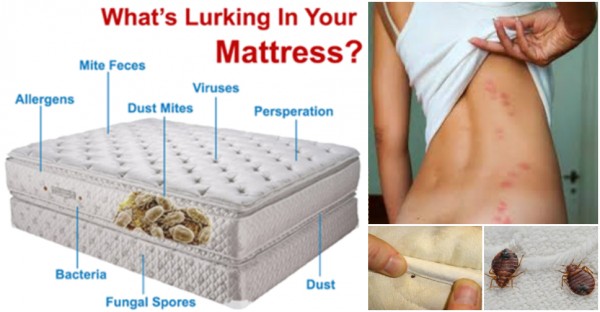 Now that we know how a mattress is structured, let's discuss how bed bugs are able to make their way inside. Bed bugs are small, flat, and have the ability to squeeze into tiny spaces. They are also excellent hitchhikers, meaning they can easily latch onto clothing, luggage, or even pets and be transported into your home. This is why it's important to thoroughly check any secondhand furniture or clothing before bringing it into your home, as bed bugs can easily hide in the crevices of these items.
Now that we know how a mattress is structured, let's discuss how bed bugs are able to make their way inside. Bed bugs are small, flat, and have the ability to squeeze into tiny spaces. They are also excellent hitchhikers, meaning they can easily latch onto clothing, luggage, or even pets and be transported into your home. This is why it's important to thoroughly check any secondhand furniture or clothing before bringing it into your home, as bed bugs can easily hide in the crevices of these items.
The Role of Infestations
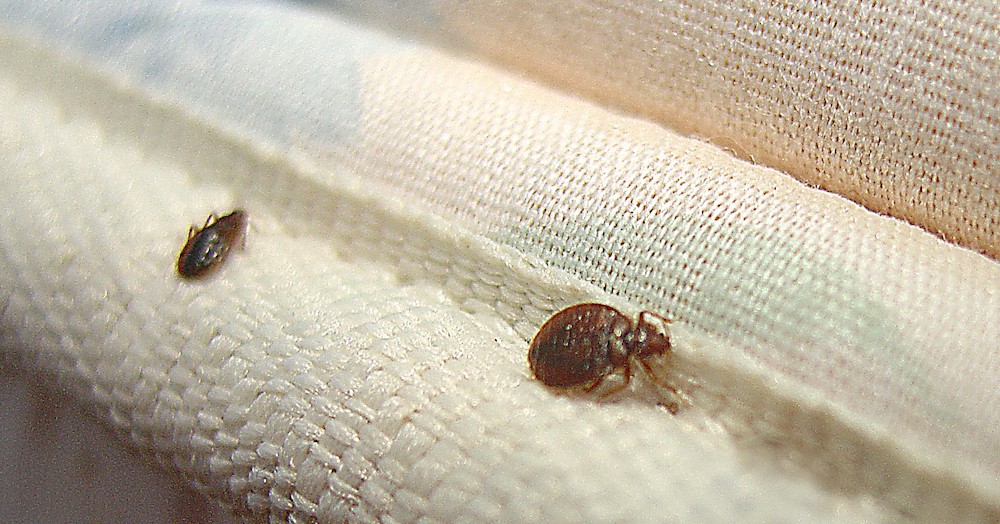 Another way bed bugs can get inside a mattress is through infestations in other areas of the home. If you have an infestation in your couch or carpet, for example, it's possible for bed bugs to make their way into your mattress while you are sleeping. Additionally, if your neighbor has an infestation, bed bugs can easily travel through walls and infest your mattress.
Another way bed bugs can get inside a mattress is through infestations in other areas of the home. If you have an infestation in your couch or carpet, for example, it's possible for bed bugs to make their way into your mattress while you are sleeping. Additionally, if your neighbor has an infestation, bed bugs can easily travel through walls and infest your mattress.
Preventing Bed Bugs in Your Mattress
 The best way to prevent bed bugs from getting into your mattress is to be proactive and take preventative measures. This includes regularly inspecting your mattress and bedding for any signs of bed bugs, such as small blood stains or dark spots. You should also avoid bringing in secondhand furniture or clothing without thoroughly checking for bed bugs first. Additionally, consider investing in a mattress encasement, which can help prevent bed bugs from getting inside and can also make it easier to spot and eliminate an infestation.
In conclusion, while it may seem like bed bugs have a knack for getting inside mattresses, there are several ways they can make their way in. By understanding the anatomy of a mattress and taking preventative measures, you can help protect your home from these unwanted pests. Remember to regularly inspect your mattress and bedding and avoid bringing in secondhand items without thoroughly checking them first. With these tips in mind, you can keep your mattress bed bug-free and get a peaceful night's sleep.
The best way to prevent bed bugs from getting into your mattress is to be proactive and take preventative measures. This includes regularly inspecting your mattress and bedding for any signs of bed bugs, such as small blood stains or dark spots. You should also avoid bringing in secondhand furniture or clothing without thoroughly checking for bed bugs first. Additionally, consider investing in a mattress encasement, which can help prevent bed bugs from getting inside and can also make it easier to spot and eliminate an infestation.
In conclusion, while it may seem like bed bugs have a knack for getting inside mattresses, there are several ways they can make their way in. By understanding the anatomy of a mattress and taking preventative measures, you can help protect your home from these unwanted pests. Remember to regularly inspect your mattress and bedding and avoid bringing in secondhand items without thoroughly checking them first. With these tips in mind, you can keep your mattress bed bug-free and get a peaceful night's sleep.


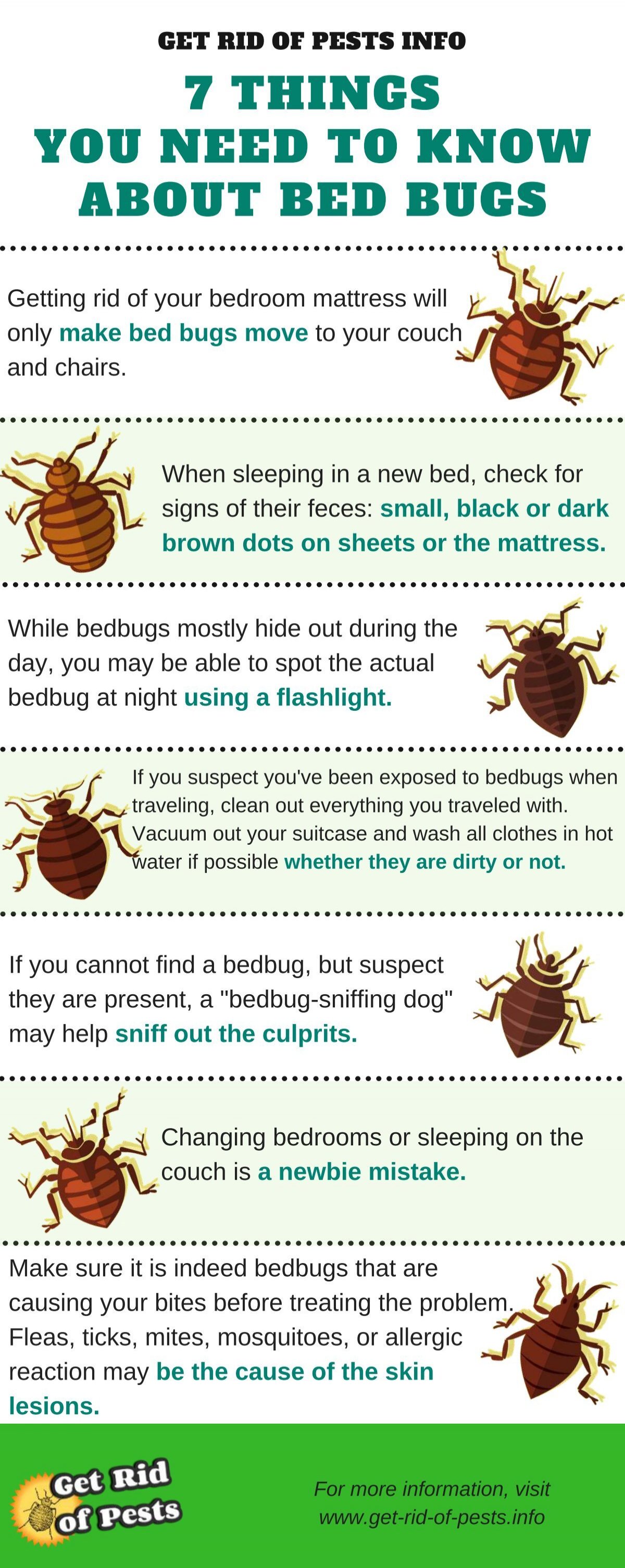













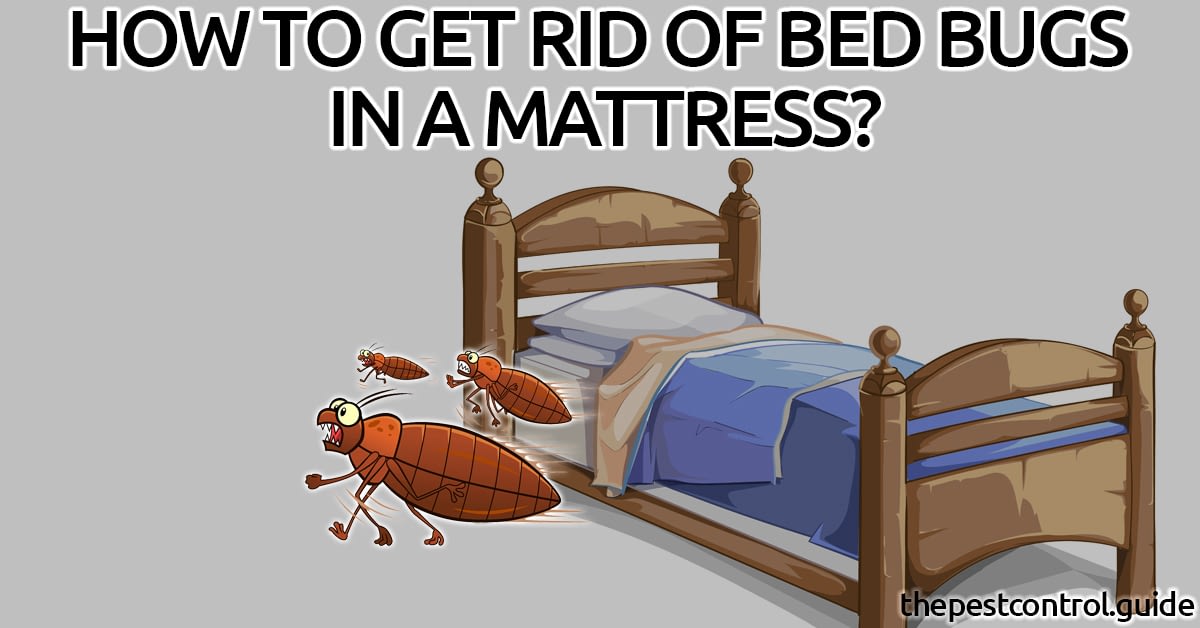


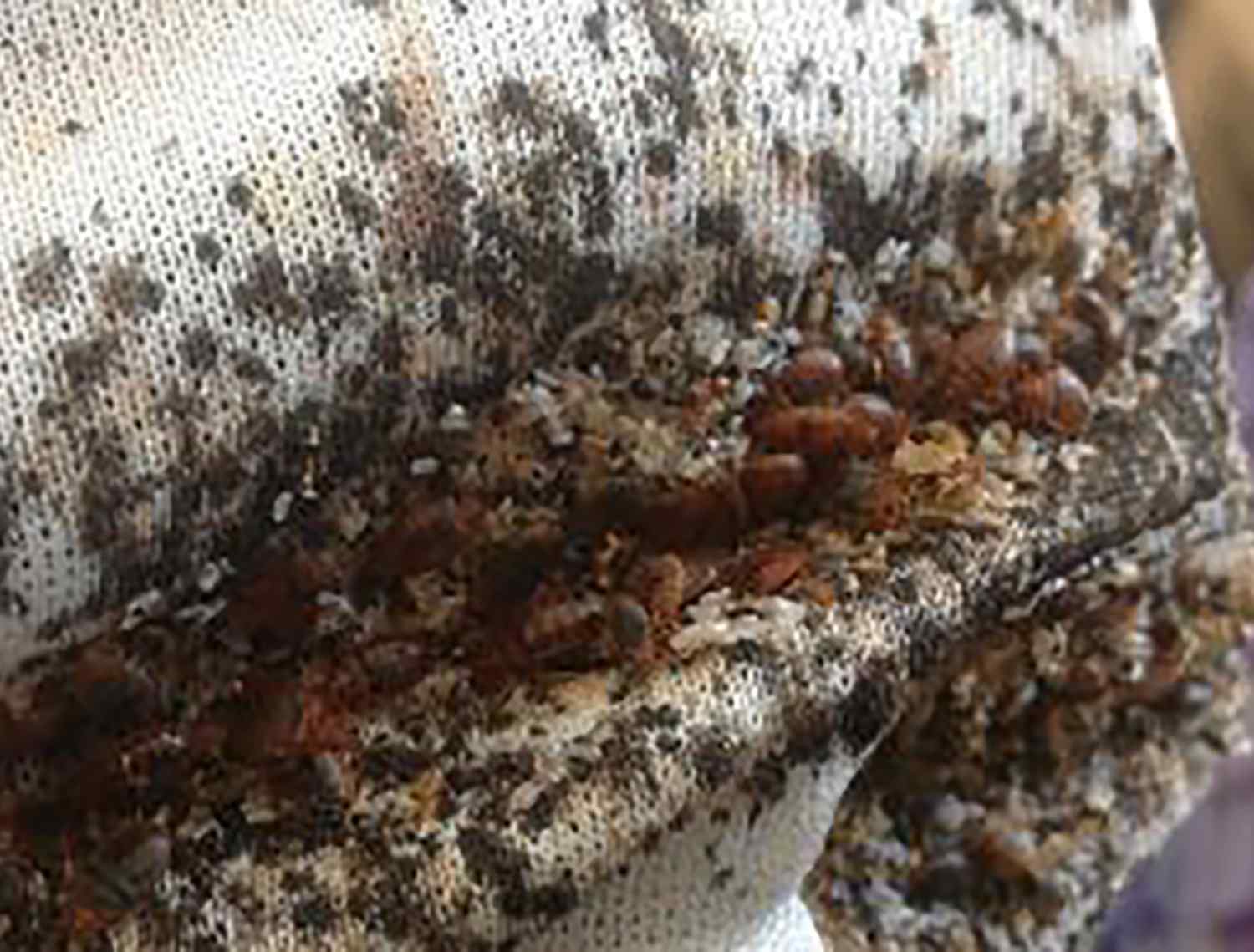

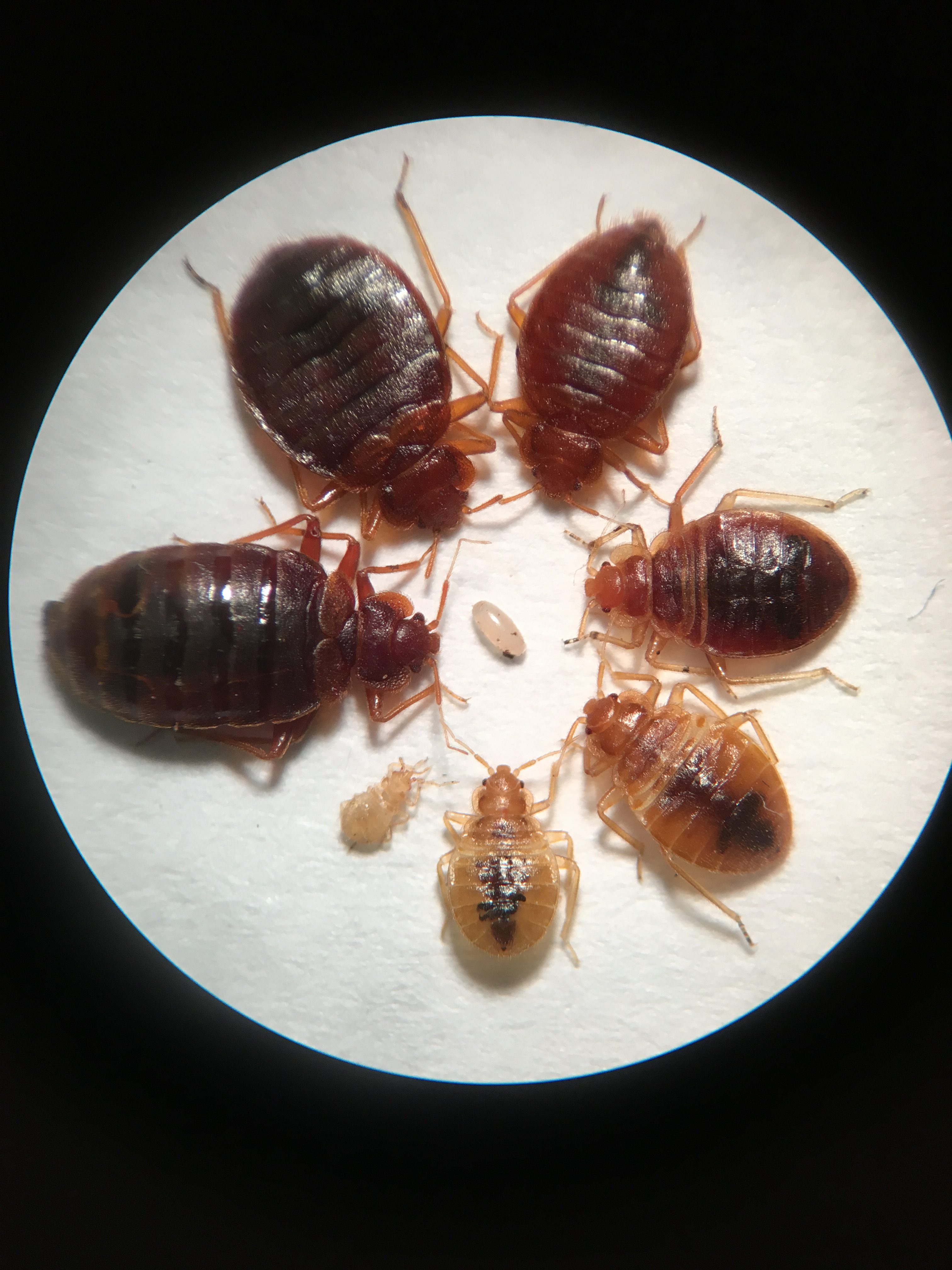

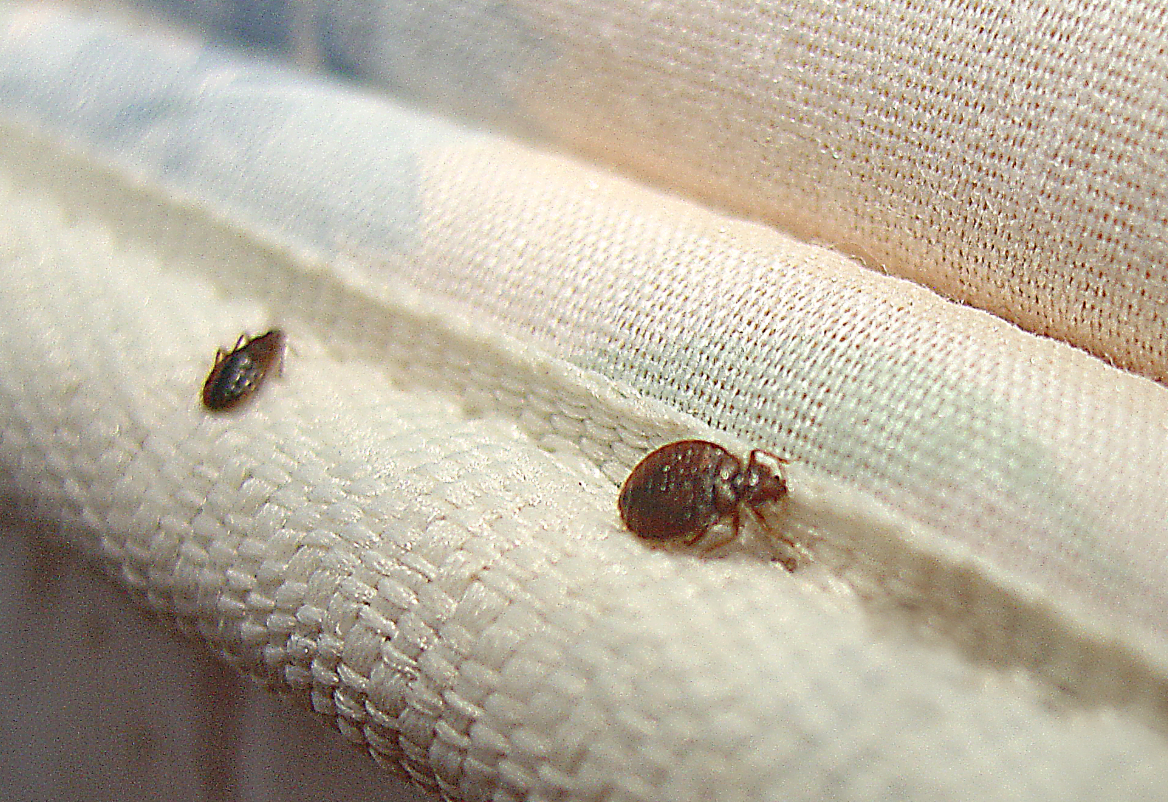
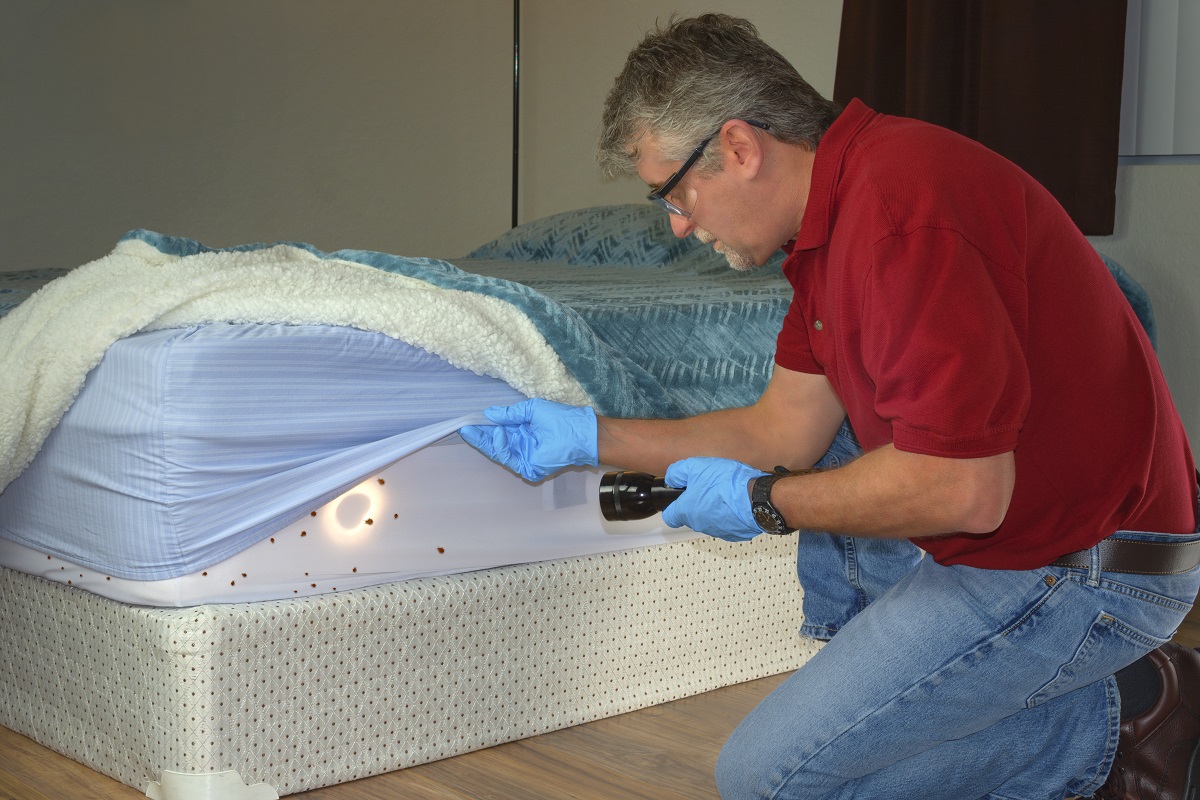
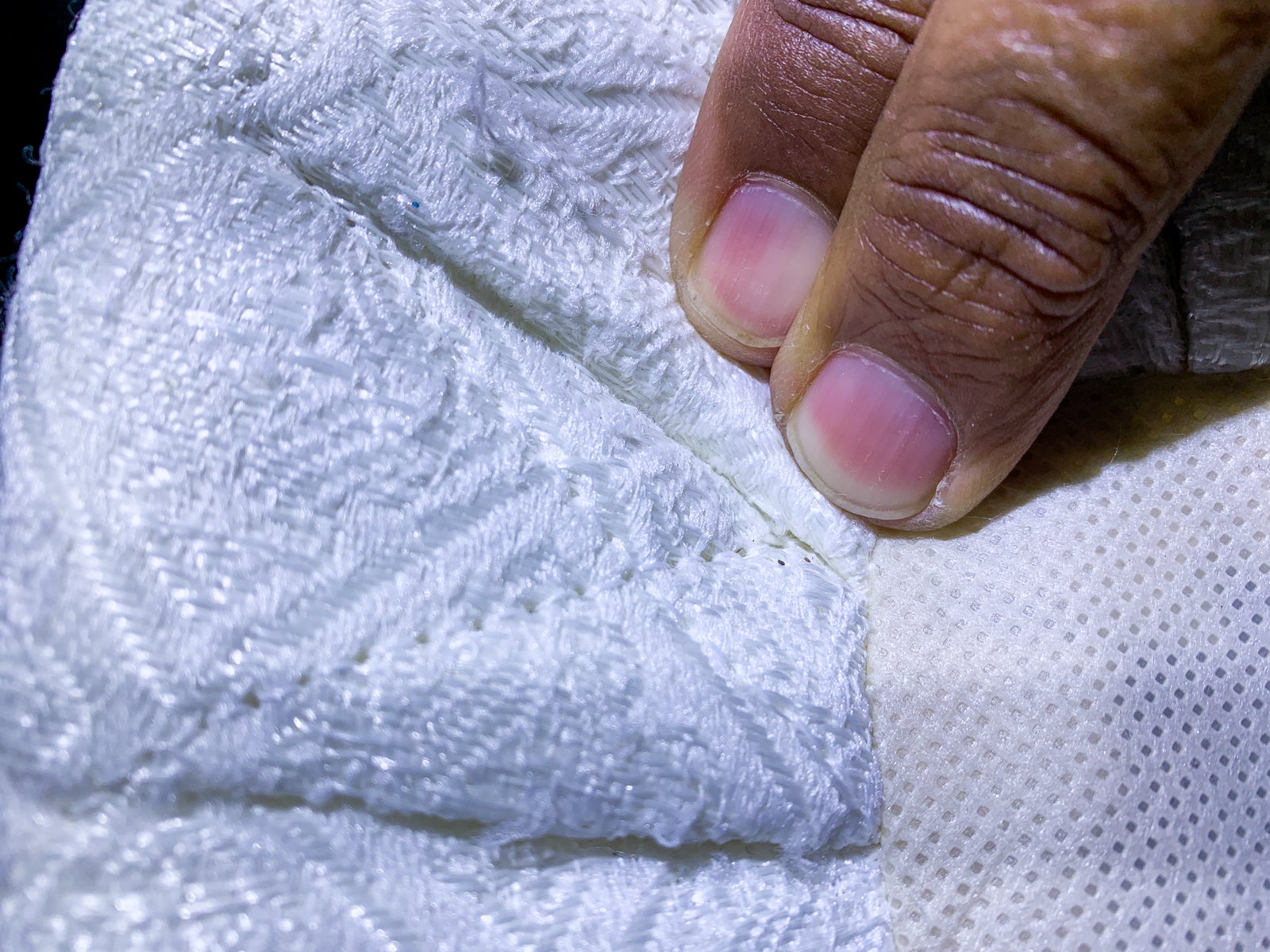
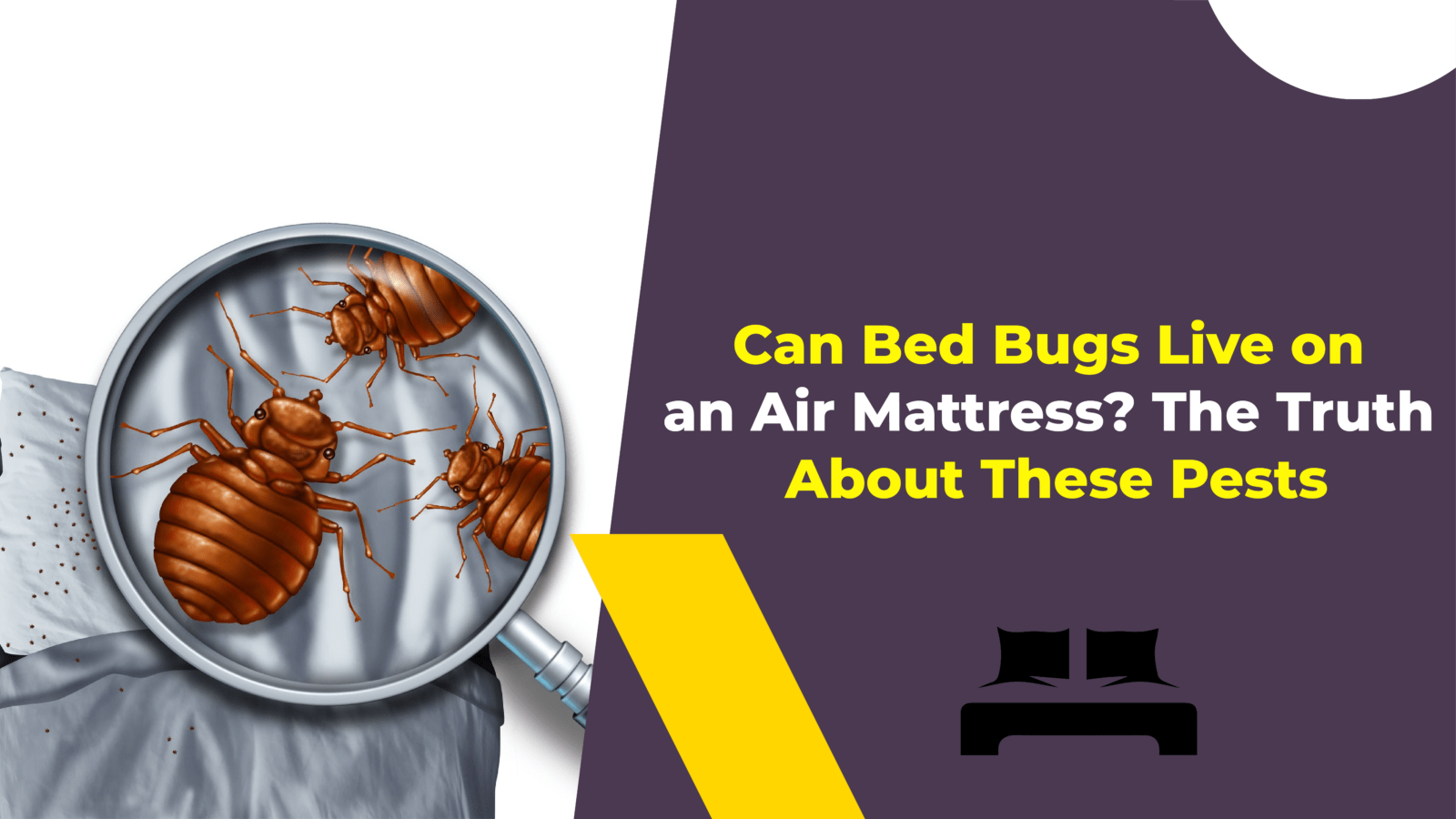
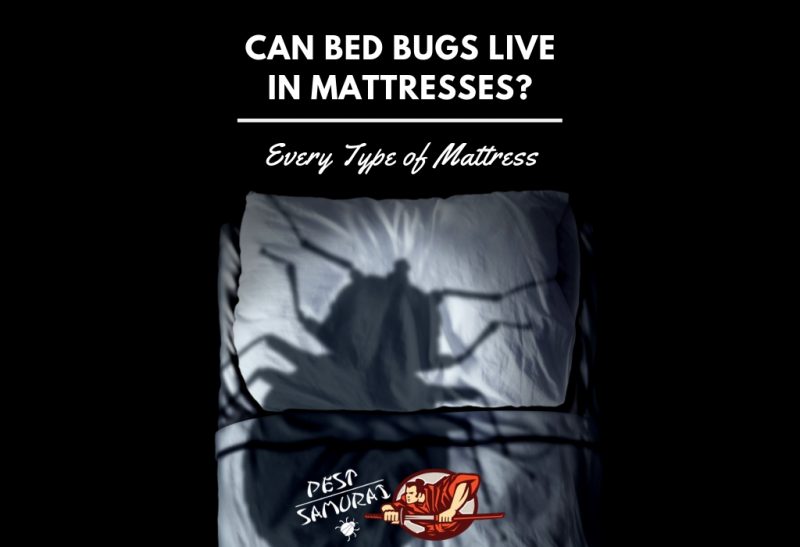
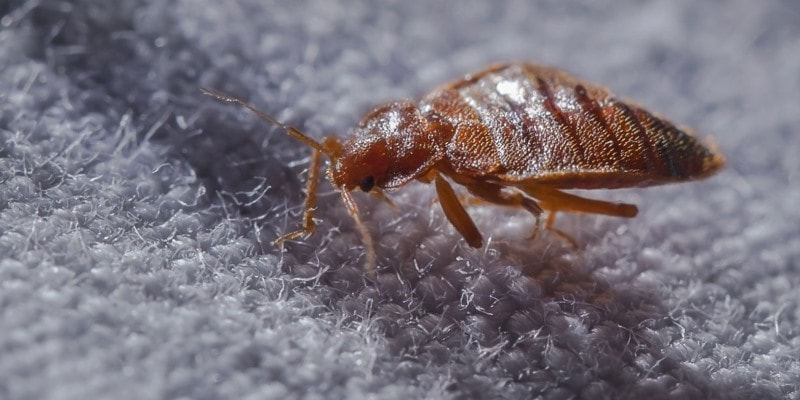
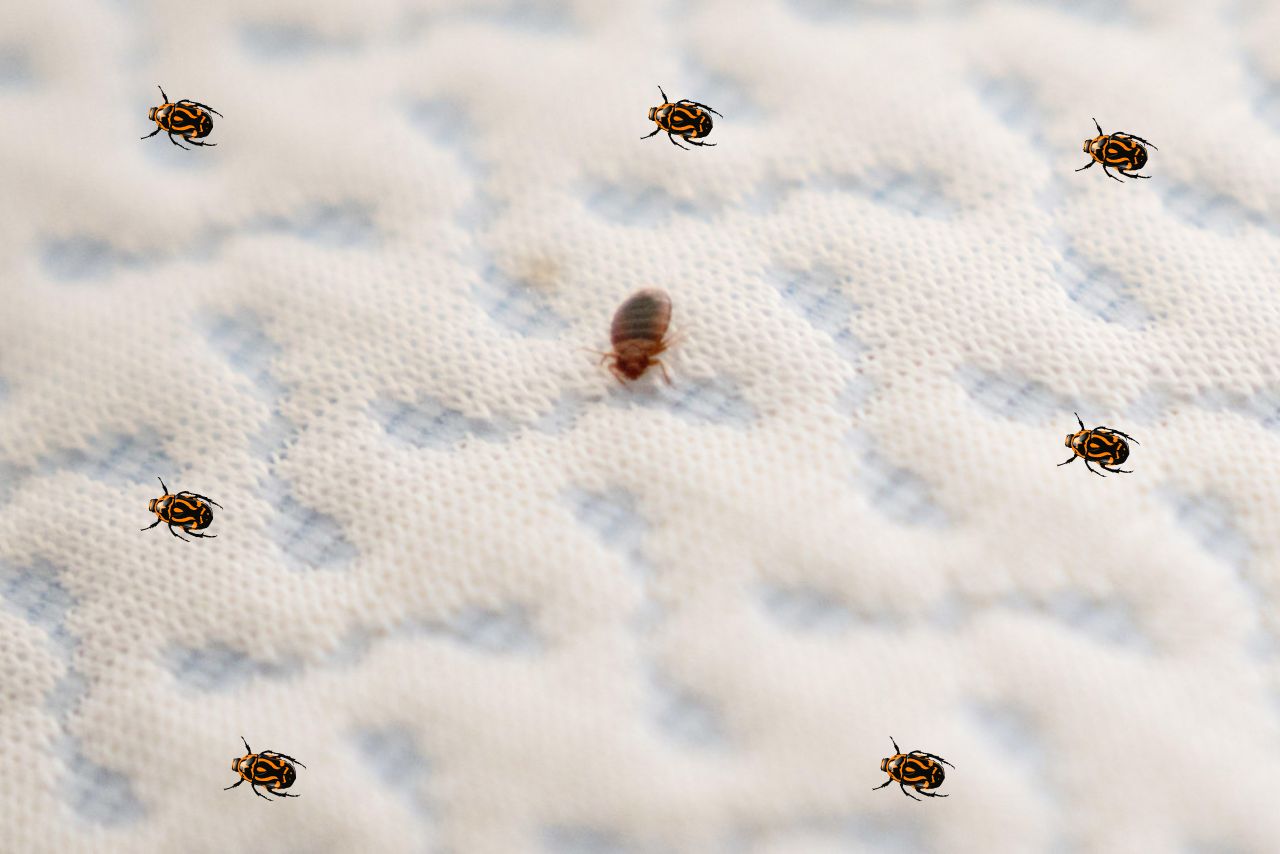







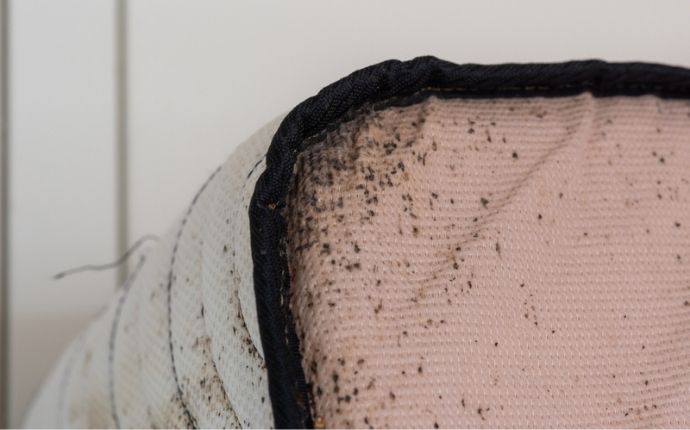






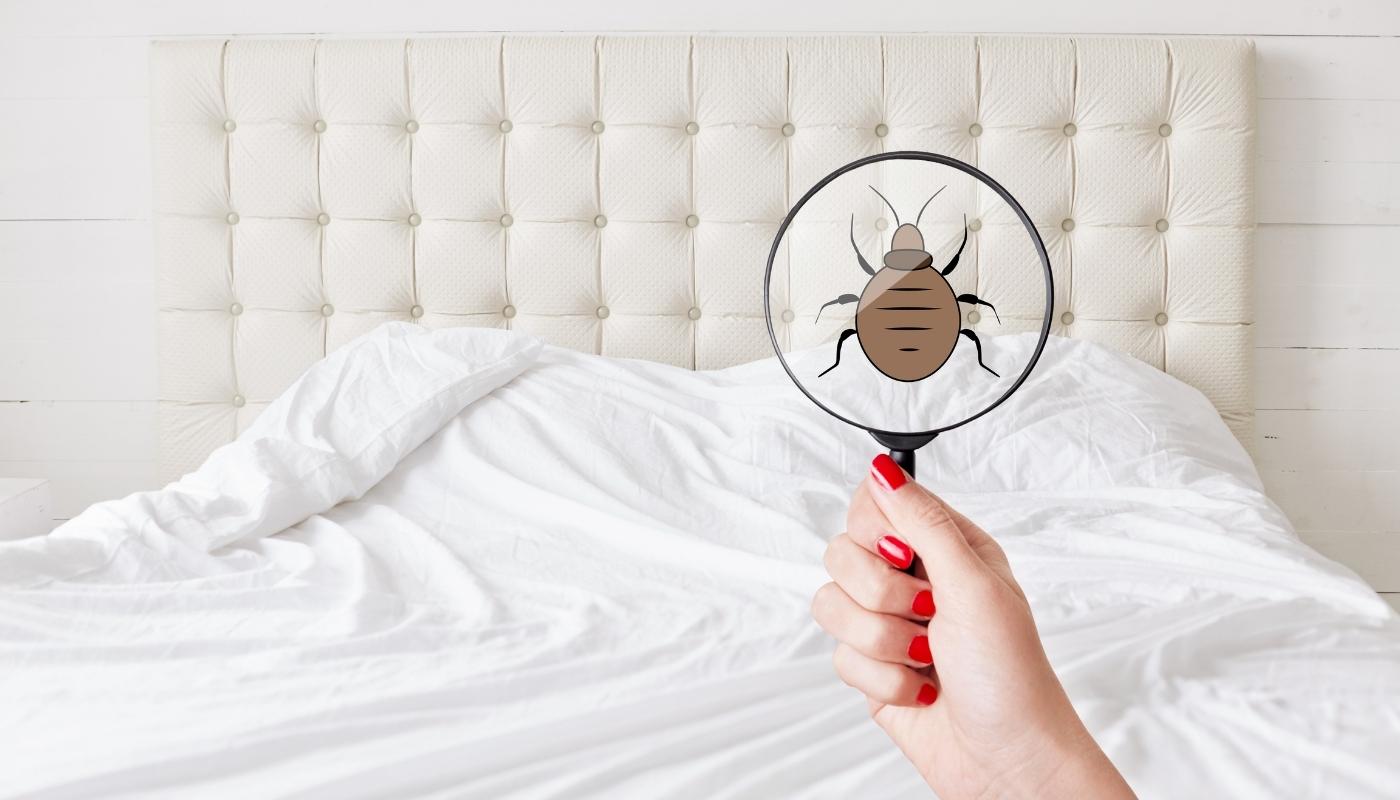

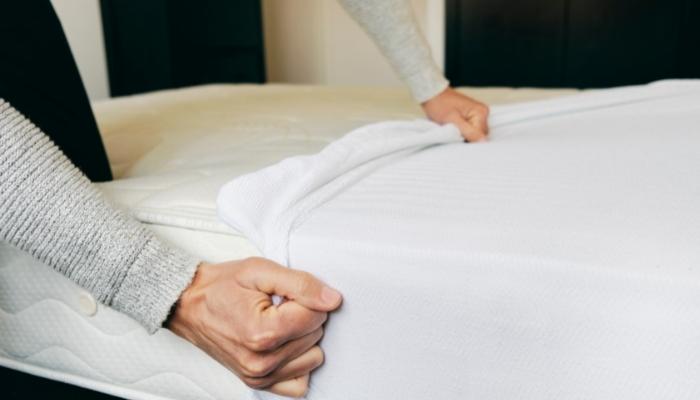
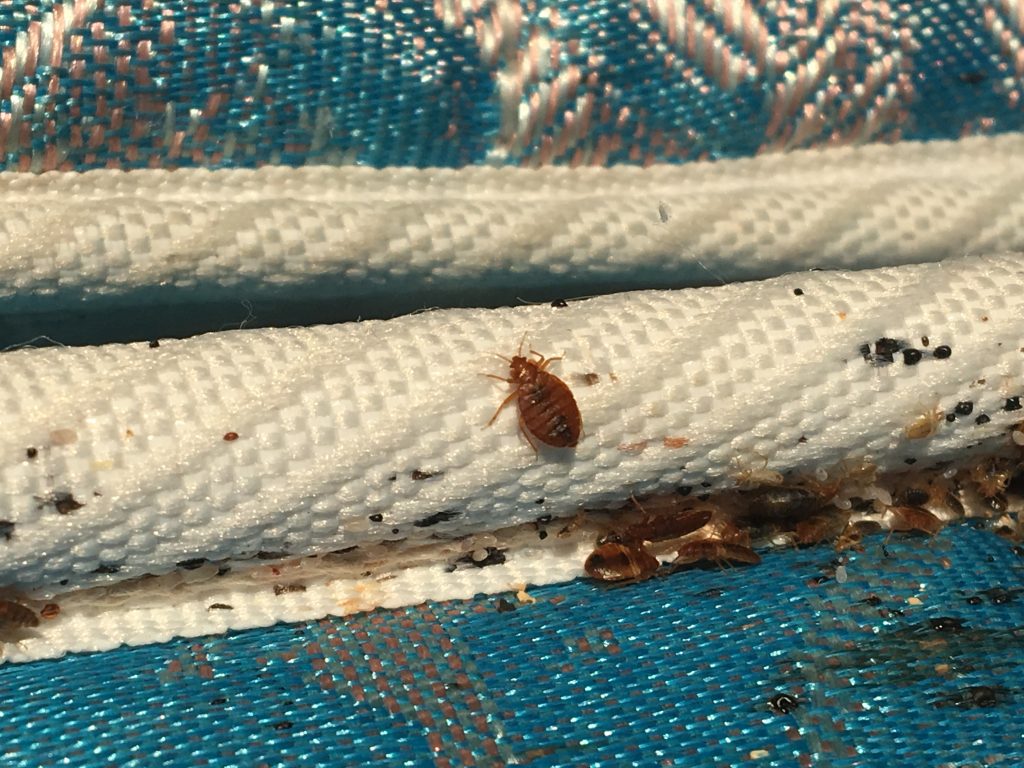





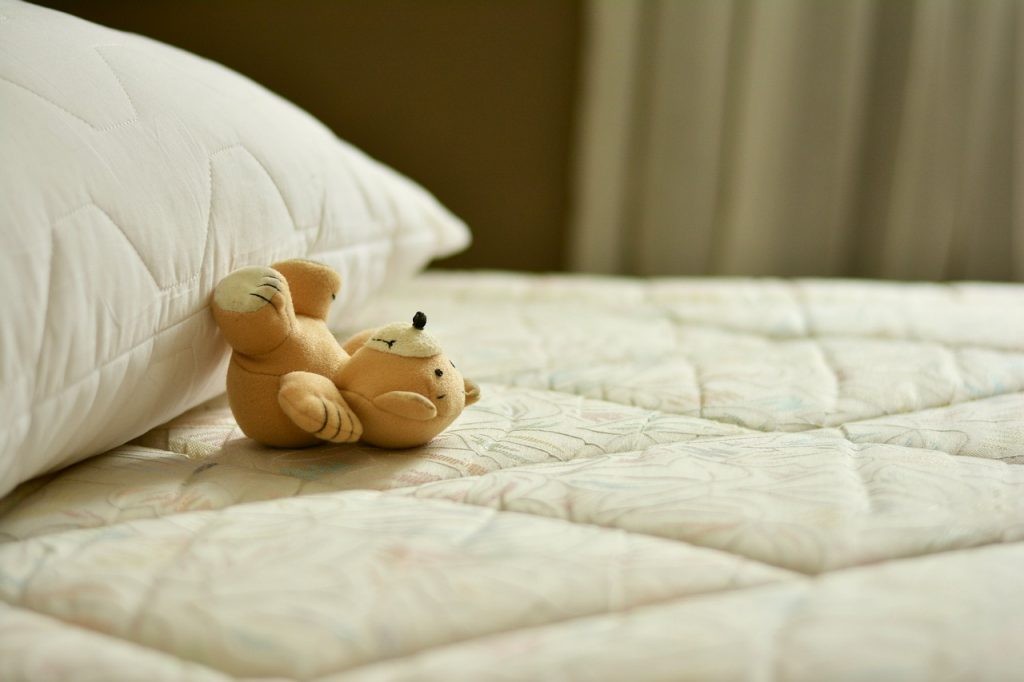


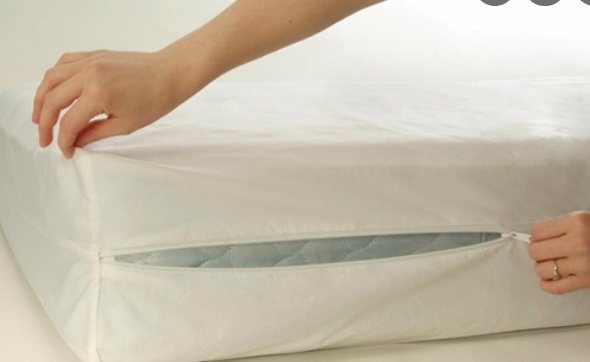




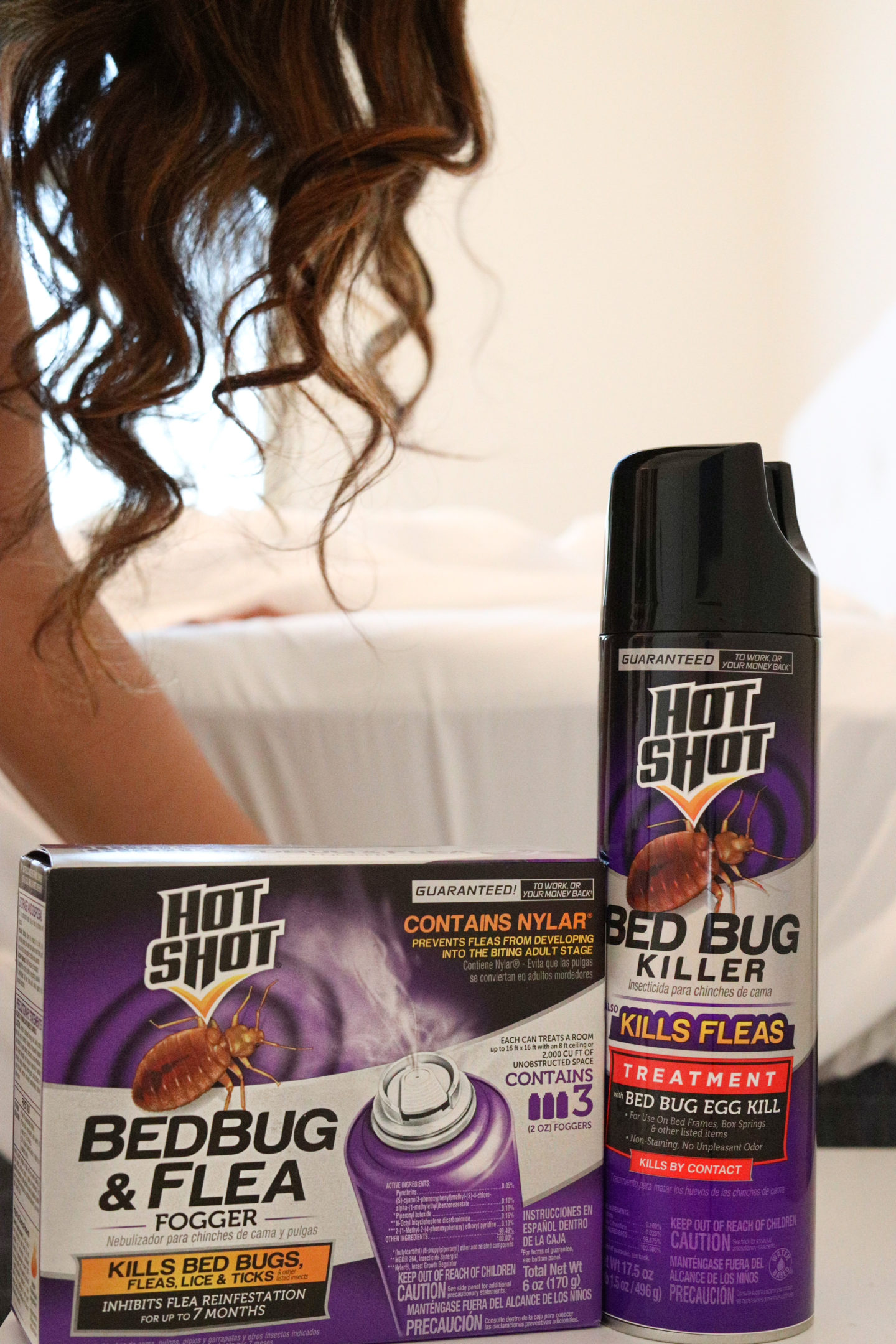




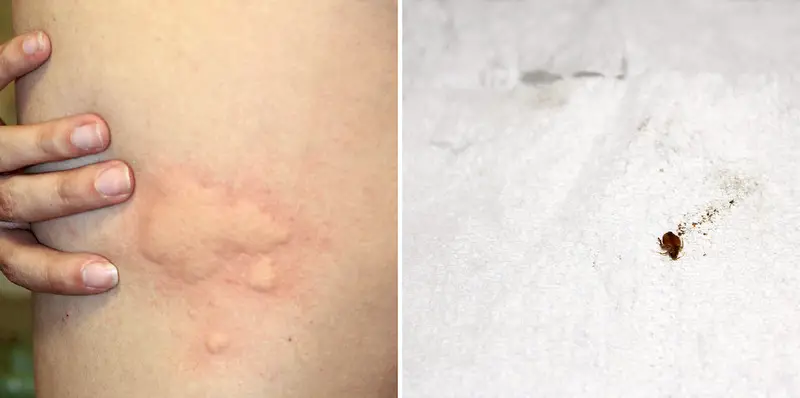
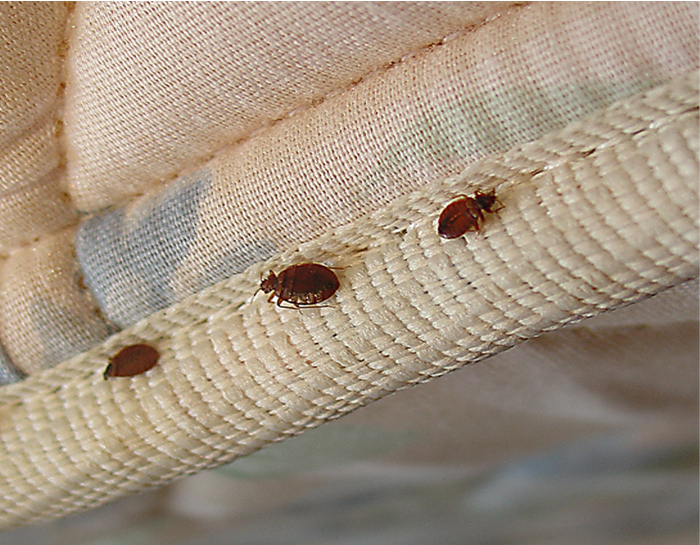
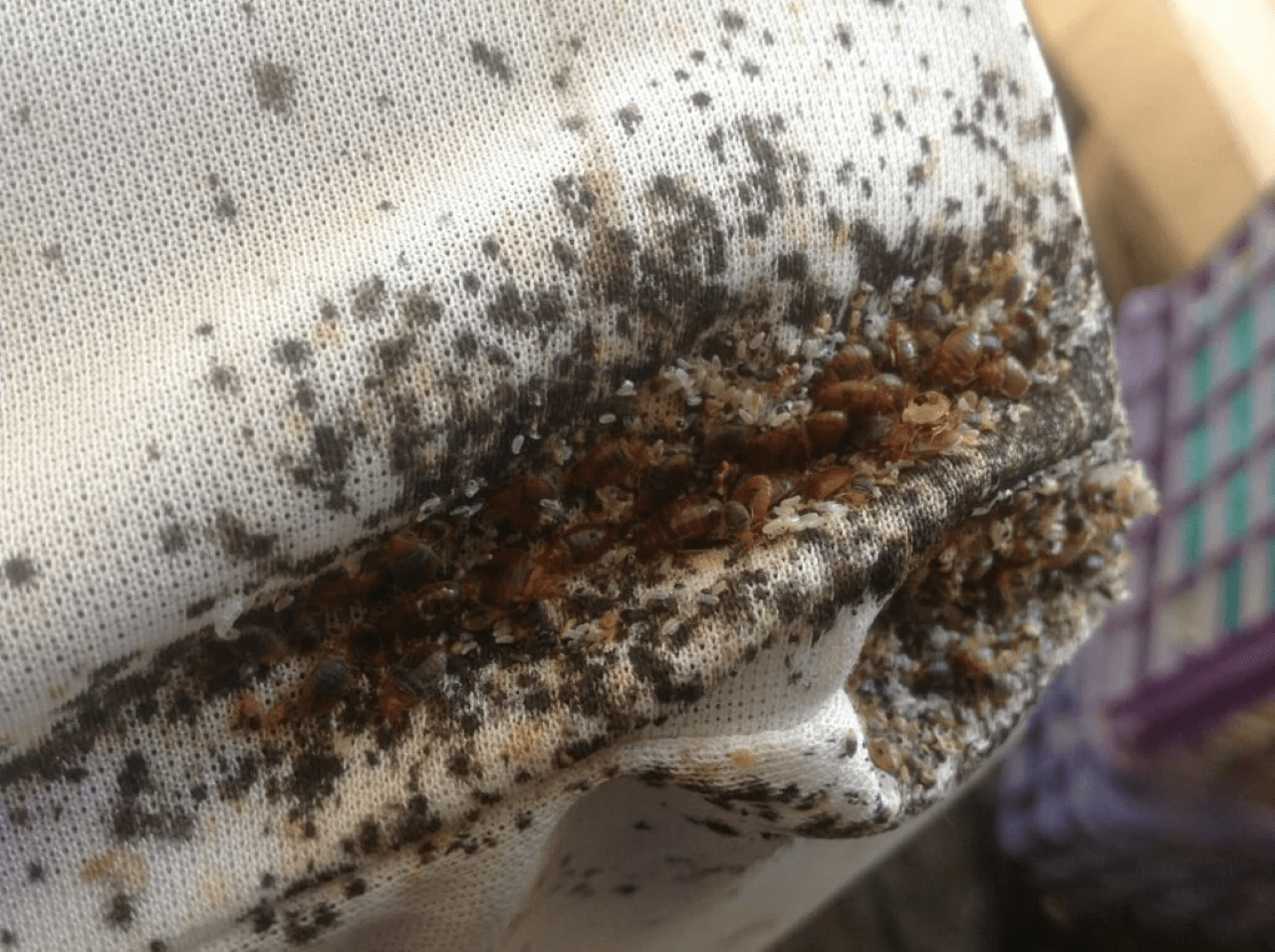


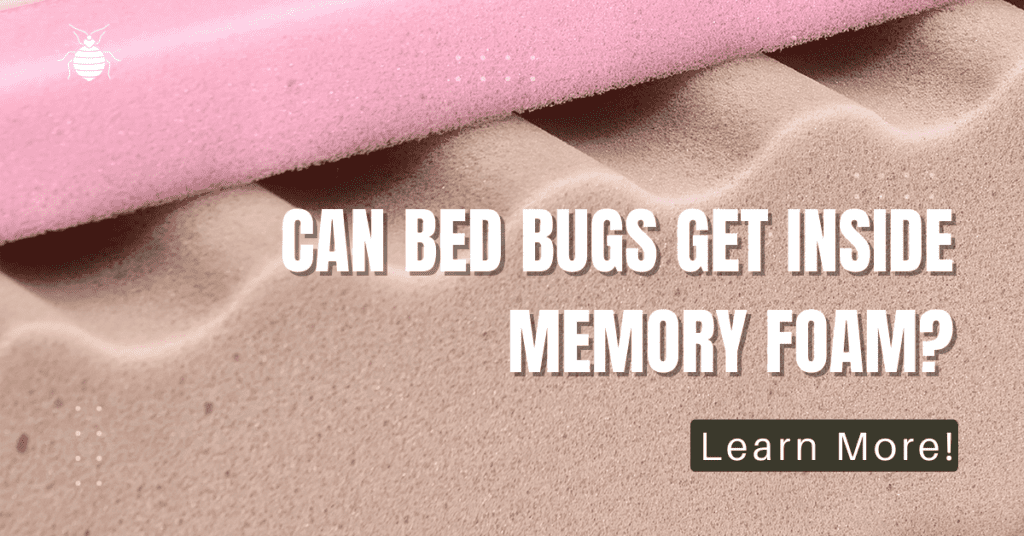


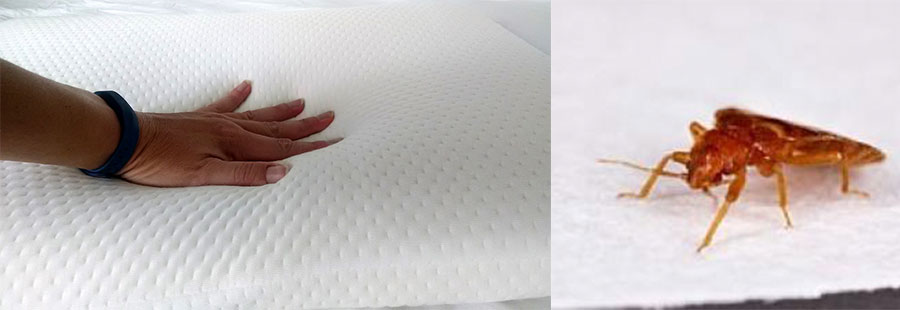
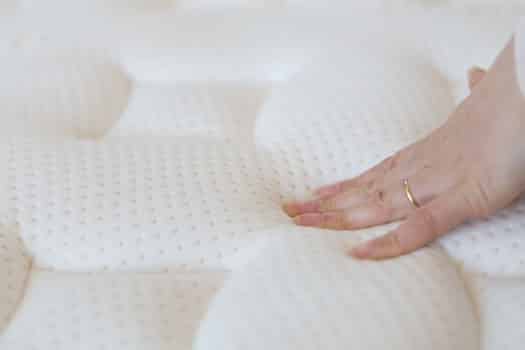


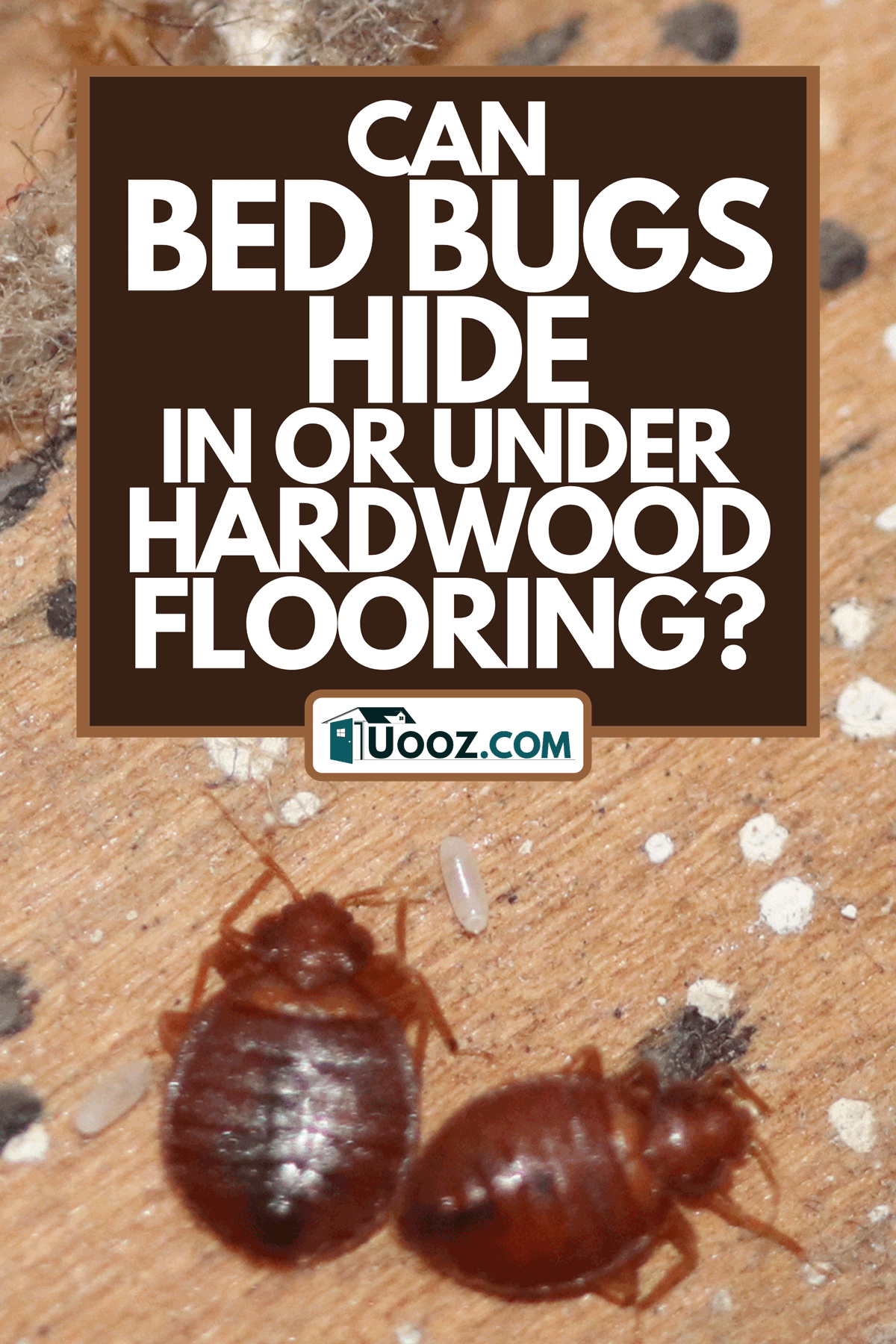
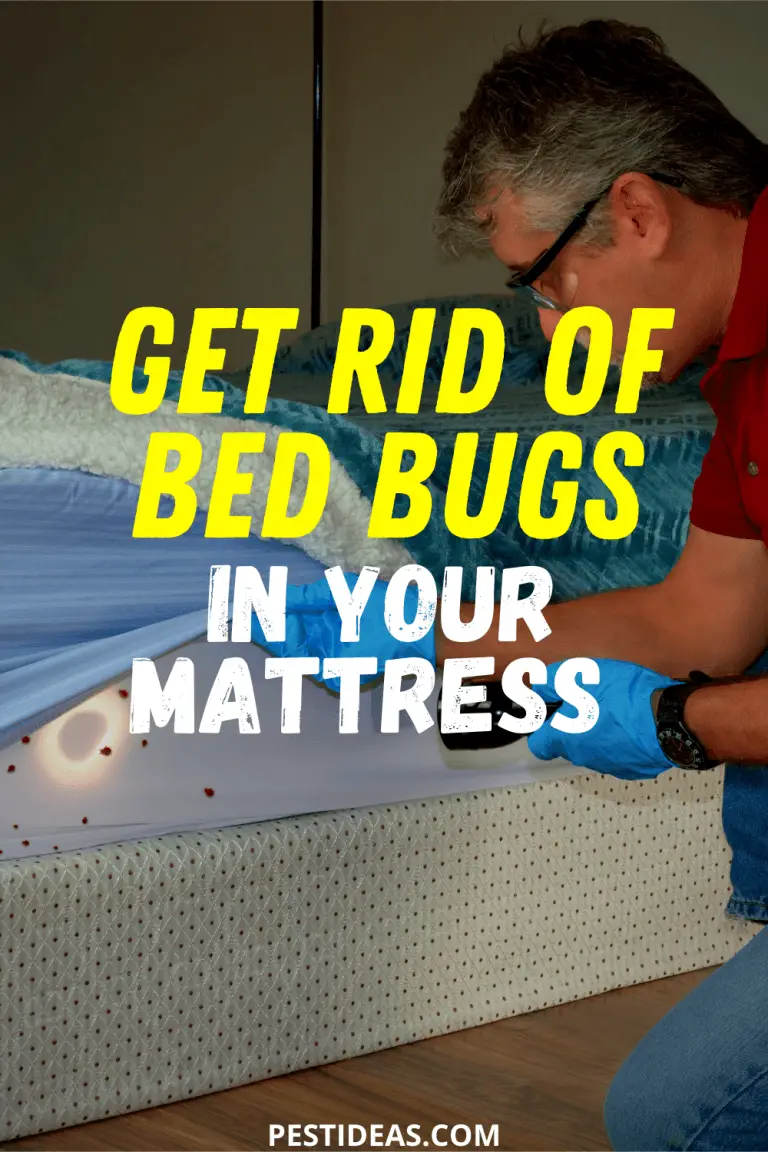
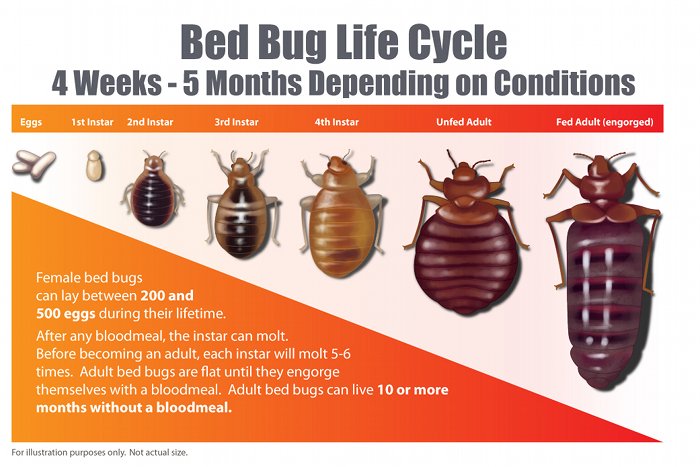
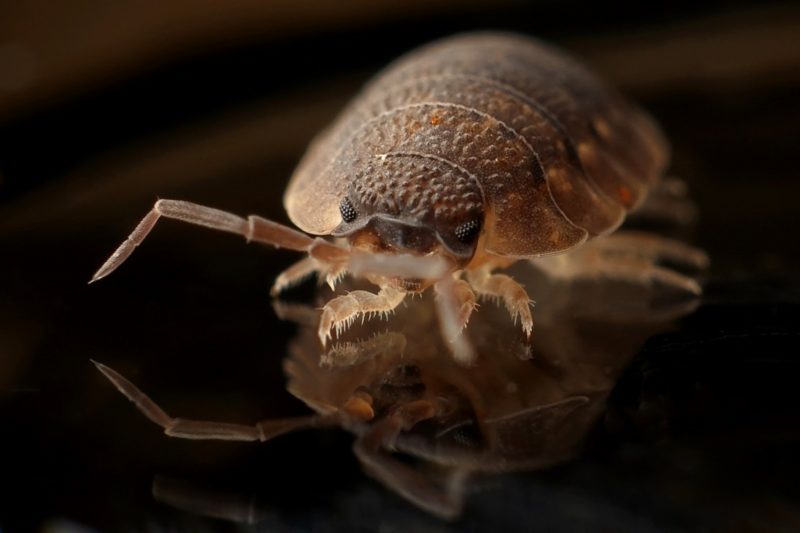
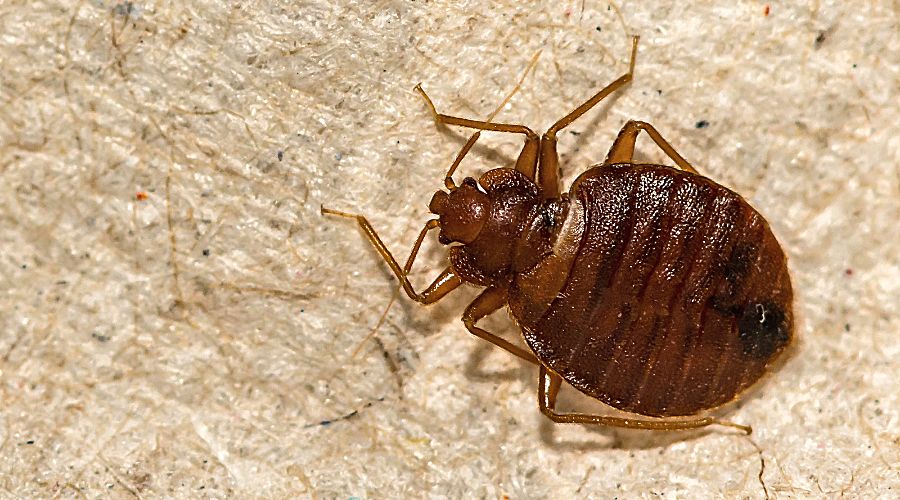


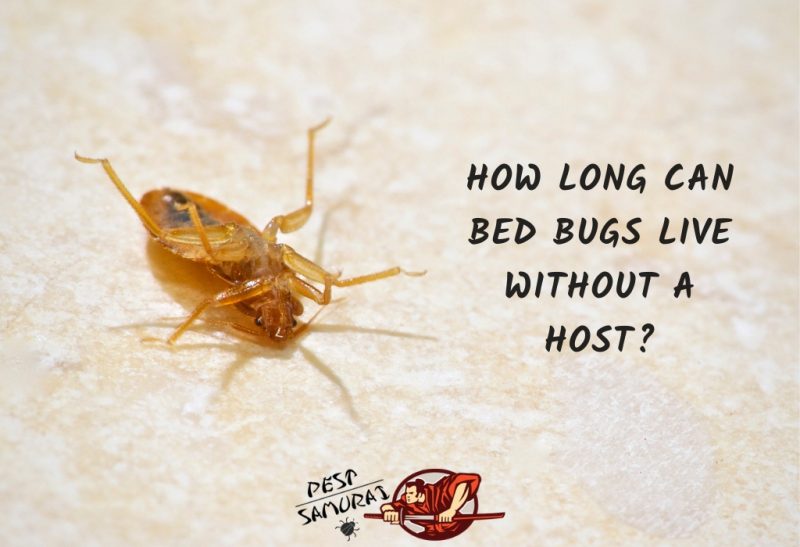
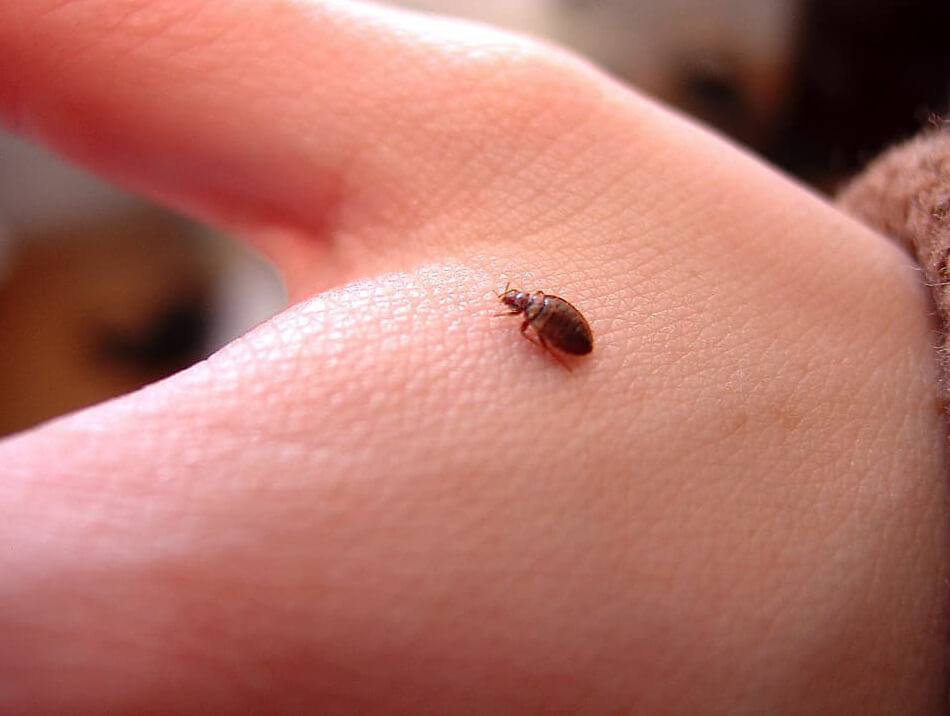


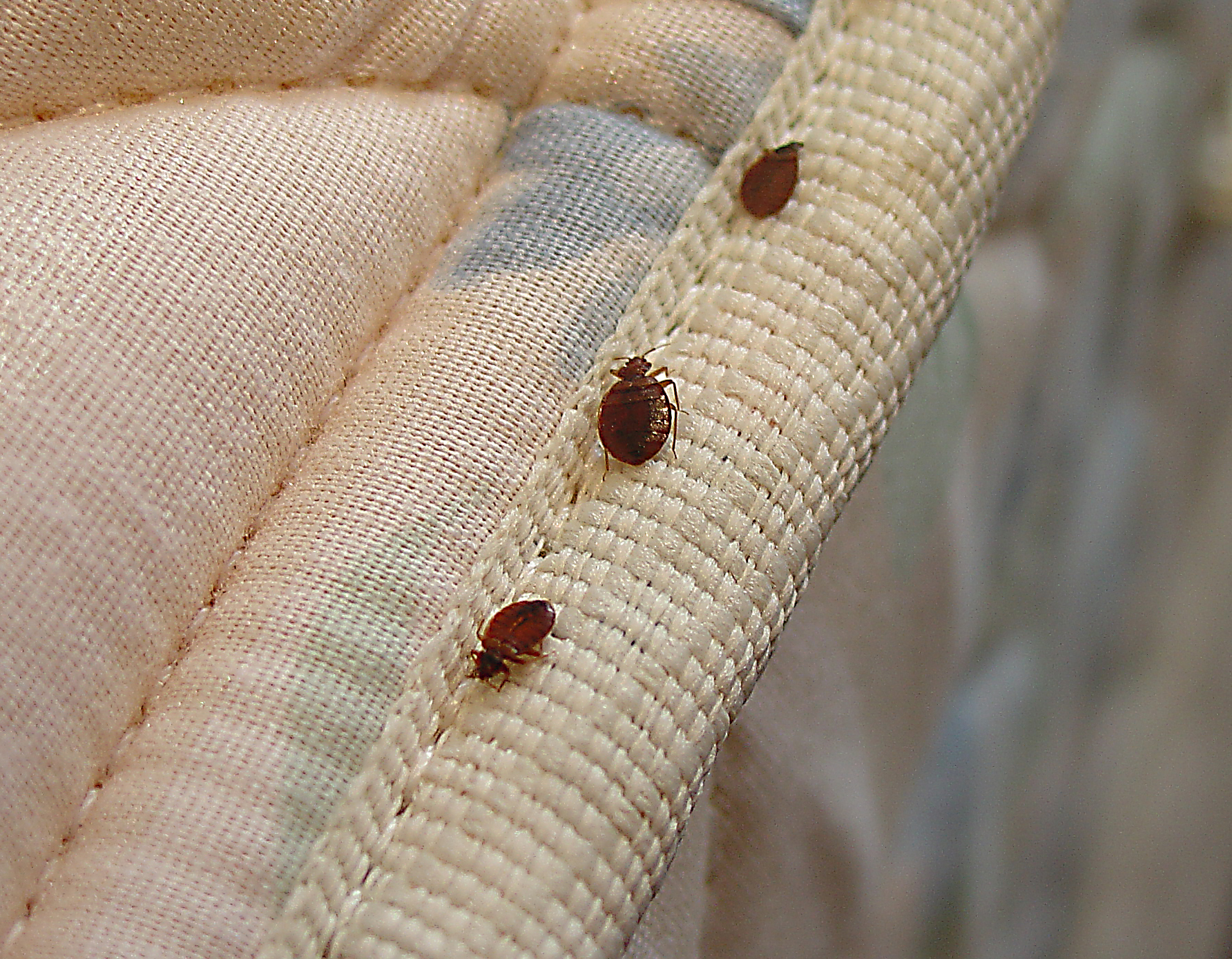


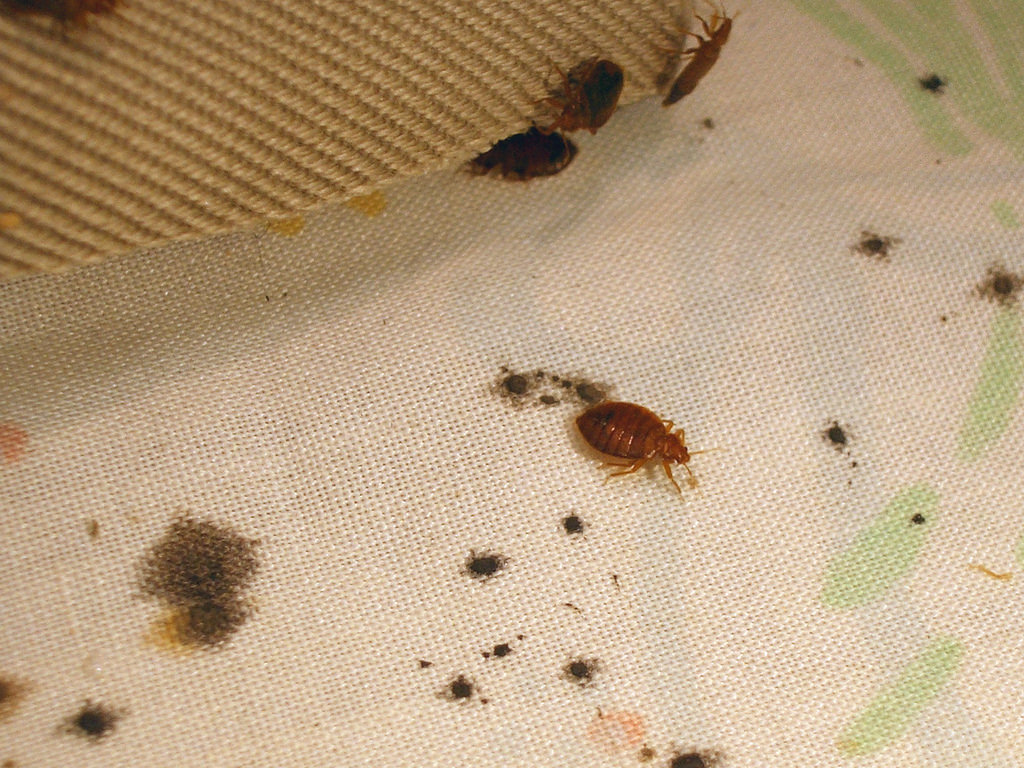


:max_bytes(150000):strip_icc():focal(839x489:841x491)/kendrick-lamar-c4ff1d7ac068460c8c7776ae14f168a4.jpg)

